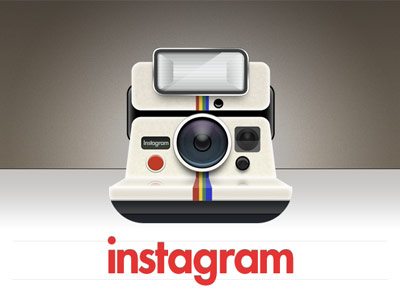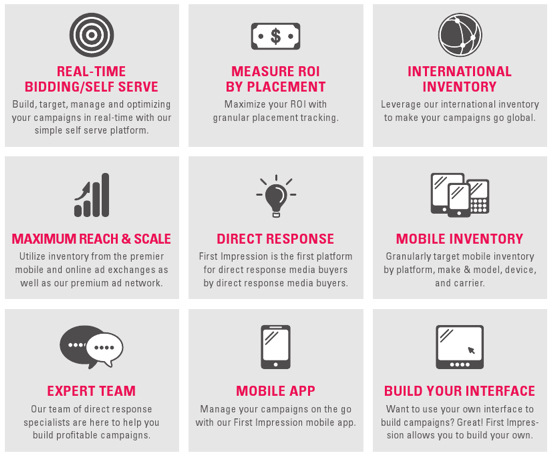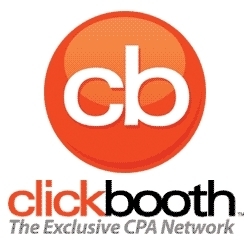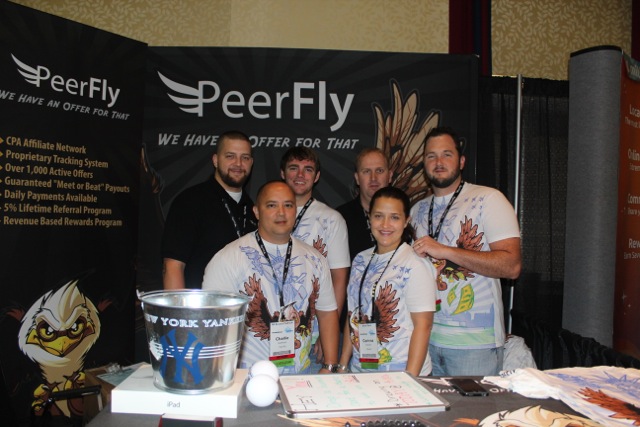Not usually the fan favorite of many marketers, rich media ads have recently been reported as being quite a successful method of reaching consumers on mobile platforms. According to an article by Chantal Tode, the associate editor for Mobile Marketer, Celtra has released a report entitled Mobile Rich Media Ads Performance Report Q2 2012 that goes over the success and usefulness of rich media ads as a mobile marketing tool. Celtra is a marketing company that specialized in rich media and mobile advertising products and news, and they are yet another one of the web’s reliable sources of performance data. In their report they reveal that these rich media mobile ads have been delivering an average of a 12.8 percent engagement rate.
However, it seems that the success of these rich media mobile ads relied heavily on what type of ad was being seen by the consumer. In the report, it was stated that 67% of the rich media ads that were receiving this heightened engagement rate were expandable display ads, 21 percent were interstitial ads, and 12 percent were just the standard banner ad. However, without worrying about what type of rich media ad is being use, the real news is that rich media ads are working, and they are working quite well. Rich media has often caused a bit of struggle for marketers, and now that it has been reported to work, marketers can get back to using it successfully and worrying less about the mistake they may have just made.
Anyway, the report released by Celtra also examined the platforms that these rich media advertisements have been showing the best performance results on. From the Mobile Marketer article;
Results include that 71 percent of rich media ads are delivered on smartphones and 29 percent on tablets.
By platform, 55 percent of rich media ads appear on iOS and 45 percent Android. However, Celtra reports that Android has higher growth than iOS.
Now, we have all seen the tremendous hype about the new iOS and the new Apple devices, so much so that people have begun to forget that Android remains king in the mobile universe. Rich media mobile ads have been showing the best performance on Android, as have most types of mobile advertisements.
Rich media mobile ads are nothing new, but for a long time now marketers have not been overly excited about the performance results that they have brought to the table. This new report from Celtra may be a beam of light shining through the clouds for rich media mobile advertising, allowing it to shine as a potential choice for mobile marketers once again. However, the report stresses that it is important to find the correct type of rich media mobile ad that will engage the consumer in the way that you need it to. We will just have to see if this new improved performance of rich media mobile advertising will cause for more use of the tool, or if people will still feel shaky on using it.




















